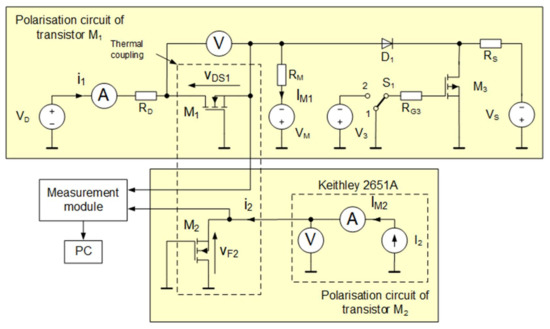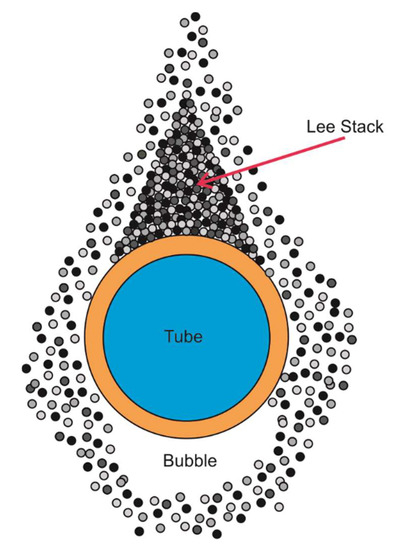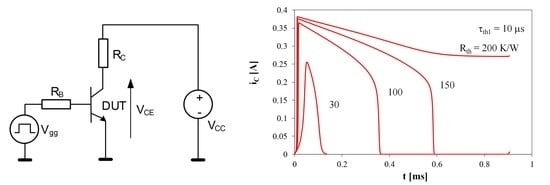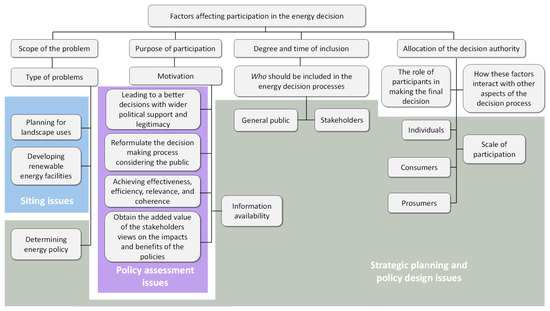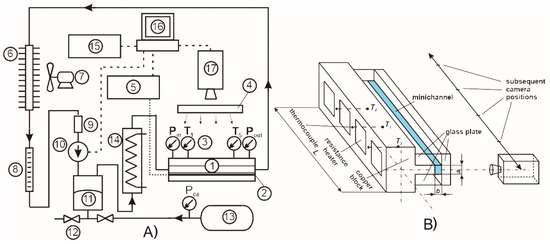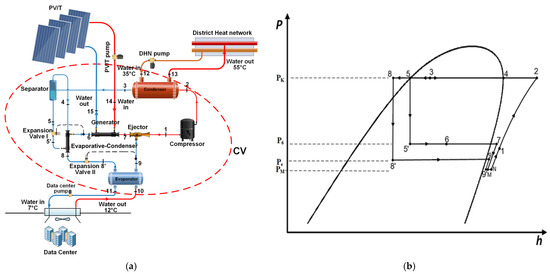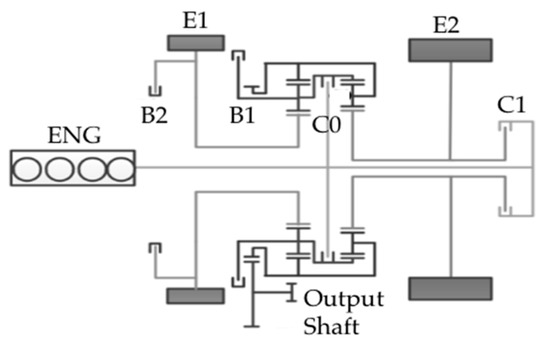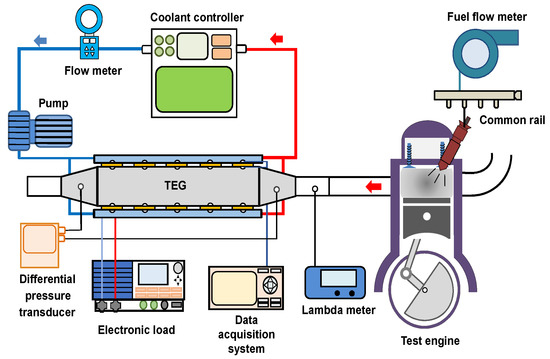Feature Papers in Thermal Management
A topical collection in Energies (ISSN 1996-1073). This collection belongs to the section "J: Thermal Management".
Viewed by 20099Editors
Interests: combustion and flame theory and modeling; dust explosions; detonation; exciton; Bose condensation; magnetic biexcitons; high magnetic field; magnetic exciton
Interests: heat transfer; boiling and condensation; thermal desalination; thermal management
Special Issues, Collections and Topics in MDPI journals
Topical Collection Information
Dear Colleagues,
This Topical Collection, “Featured Papers on Thermal Management”, will provide a focused examination of the state-of-the-art thermal management technologies for modern applications such as electric vehicles/aircraft, spacecraft, and hypersonic vehicles. It will cover the thermal requirements, operating conditions, thermal management design, and system configuration for such applications and provide guidance on the setup, instrumentation, and operation of their thermal management systems (TMSs) in the most efficient and effective manner.
While much effort is devoted to conventional thermal management technologies (air and liquid cooling), there is a pressing need to innovate and demonstrate advanced technologies, including two-phase cooling (heat pipes including capillary-based pumped loops, vapor chambers, oscillating heat pipes, pumped two-phase loops), heat storage (phase change materials, chemical reaction), thermoelectric (Peltier) coolers, and thermionic coolers, to be implemented in this area. This Topical Collection is focused on bringing together innovative developments, technologies, and solutions in the field of thermal management for electric vehicles and aircraft, spacecraft, and emerging applications.
As the Collection Editor, I cordially invite you to contribute a review or a research article to this Topical Collection. If you are able to contribute, please let me or the Special Issue Editor (harris.zhou@mdpi.com) know, and we will be happy to provide additional details.
Prof. Dr. Michael Liberman
Prof. Dr. Chanwoo Park
Collection Editors
Manuscript Submission Information
Manuscripts should be submitted online at www.mdpi.com by registering and logging in to this website. Once you are registered, click here to go to the submission form. Manuscripts can be submitted until the deadline. All submissions that pass pre-check are peer-reviewed. Accepted papers will be published continuously in the journal (as soon as accepted) and will be listed together on the collection website. Research articles, review articles as well as short communications are invited. For planned papers, a title and short abstract (about 100 words) can be sent to the Editorial Office for announcement on this website.
Submitted manuscripts should not have been published previously, nor be under consideration for publication elsewhere (except conference proceedings papers). All manuscripts are thoroughly refereed through a single-blind peer-review process. A guide for authors and other relevant information for submission of manuscripts is available on the Instructions for Authors page. Energies is an international peer-reviewed open access semimonthly journal published by MDPI.
Please visit the Instructions for Authors page before submitting a manuscript. The Article Processing Charge (APC) for publication in this open access journal is 2600 CHF (Swiss Francs). Submitted papers should be well formatted and use good English. Authors may use MDPI's English editing service prior to publication or during author revisions.
Keywords
- thermal management
- temperature control
- heat transfer enhancement
- cooling
- rechargeable batteries
- electronics
- electric vehicles
- electric aircraft
- spacecraft
- hypersonic vehicles






